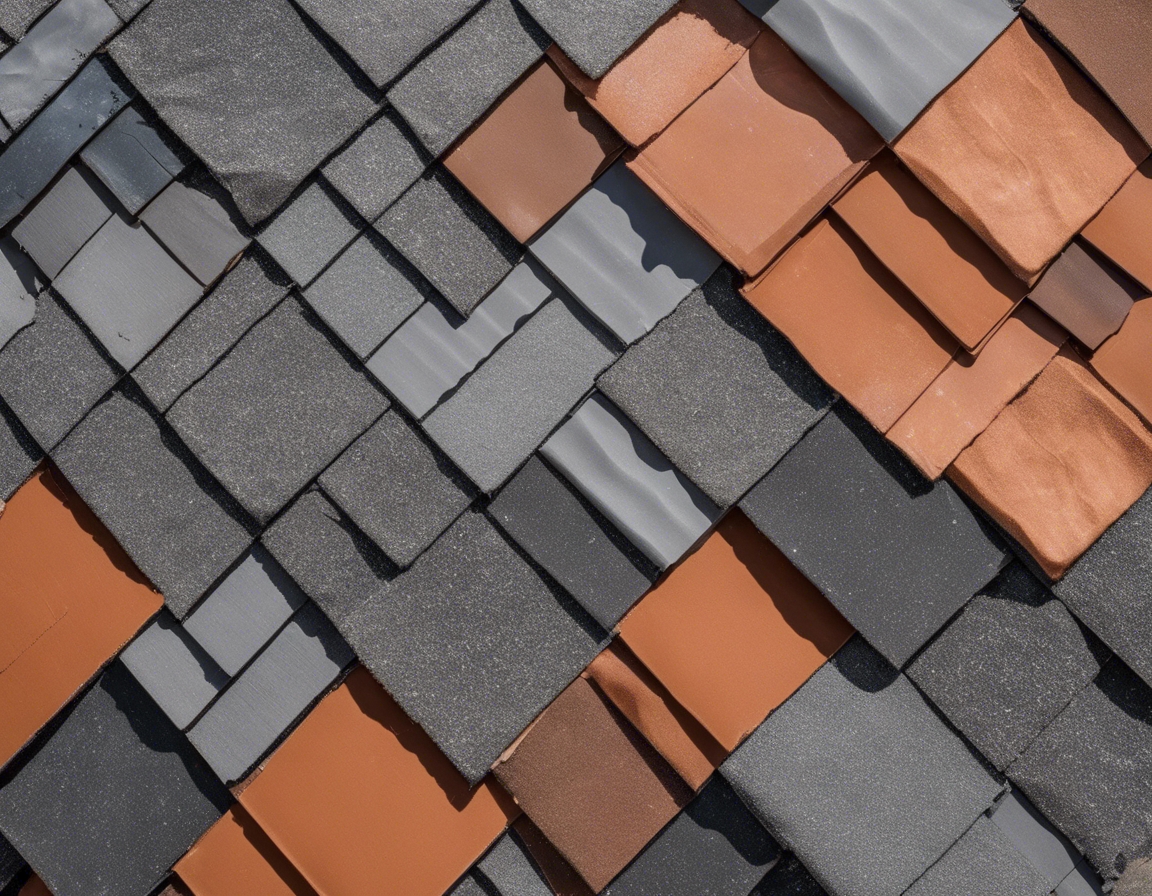The importance of choosing the right roof for your climate
When it comes to protecting your home or commercial property, the roof is one of the most critical components. It shields the structure from the elements, contributes to the building's overall energy efficiency, and plays a significant role in the aesthetic appeal of the property. However, not all roofing materials are created equal, especially when considering the diverse climates they must withstand.
Climate can have a profound effect on the lifespan and performance of roofing materials. From the scorching heat of desert climates to the freezing temperatures of polar regions, each environment presents unique challenges that must be addressed through appropriate roofing choices.
Choosing the right roof for your climate is not just about durability; it's also about comfort, energy savings, and preventing costly repairs down the line. A roof that is not suited to the local climate can lead to increased energy bills, water damage, and even structural issues.
Key Roofing Materials and Their Climate Suitability
Asphalt shingles are one of the most popular roofing materials due to their cost-effectiveness and versatility. They perform well in a variety of climates, particularly in areas with fluctuating temperatures. However, in regions with extreme heat, they may have a shorter lifespan.
Metal roofing is known for its durability and ability to reflect solar heat, making it an excellent choice for both hot and cold climates. It's also resistant to wind and fire, which is beneficial in areas prone to severe weather events.
Clay and concrete tiles are ideal for hot, dry climates. They are excellent at reflecting heat and are fire-resistant. However, they can be heavy and may require additional structural support, which is an important consideration during installation.
Slate roofing is one of the most durable materials, with a lifespan that can exceed 100 years. It's well-suited for areas with severe weather conditions, but its weight and cost can be prohibitive for some projects.
Wood shingles and shakes offer a natural aesthetic and are best suited for temperate climates. They require regular maintenance to prevent rot and are not recommended for areas with high fire risk.
Green roofs are not only environmentally friendly but also provide excellent insulation. They are best suited for urban environments where they can help regulate building temperature and manage stormwater.
Factors to Consider When Choosing a Roof for Your Climate
Materials that can withstand temperature fluctuations without cracking or warping are essential in areas with extreme temperature ranges.
In regions with heavy rainfall or snow, a roof with a steep slope and waterproof materials is crucial to prevent water infiltration and potential damage.
Areas prone to hurricanes or tornadoes require roofing materials that can resist high winds and flying debris.
A roof with good insulating properties can significantly reduce heating and cooling costs, making it an important factor in climate-specific roofing decisions.
Local regulations may dictate certain roofing requirements based on climate-related risks, which must be taken into account during the selection process.
Professional Roof Selection and Installation
Consulting with roofing professionals who understand the local climate and building codes can help ensure that you choose the best material for your specific needs.
Proper installation is key to maximizing the performance and lifespan of your roof. Professional installers can provide the expertise needed for a successful roofing project.
Regular maintenance is essential for prolonging the life of your roof, regardless of the material. A professional roofing company can offer maintenance services to keep your roof in top condition.






Comments (0)